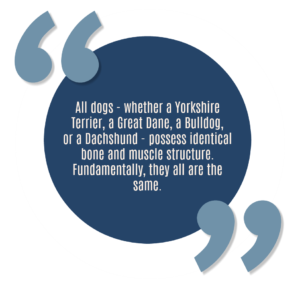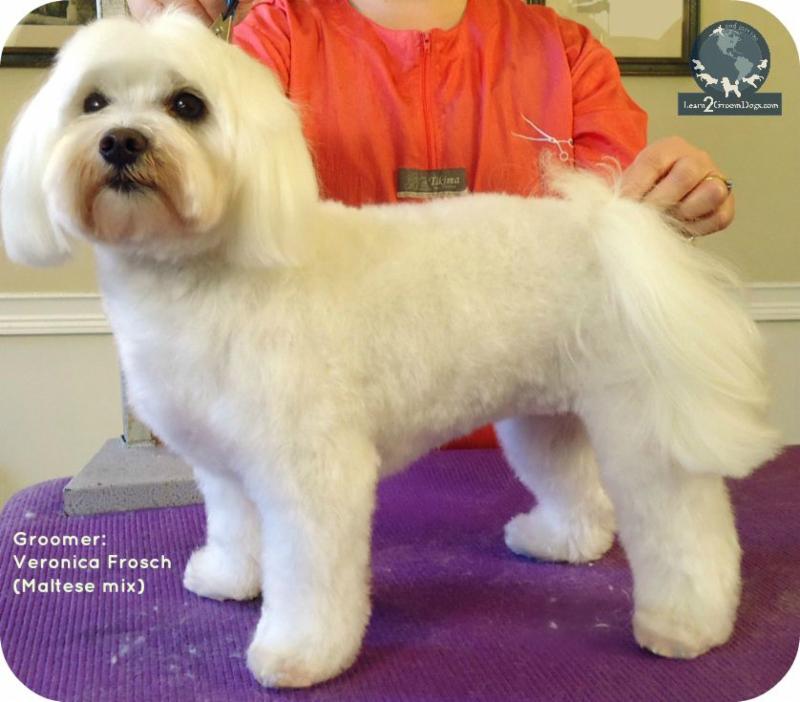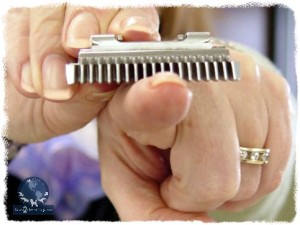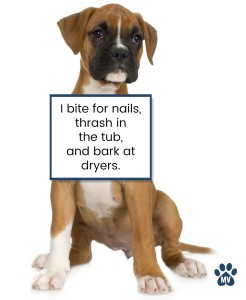 Let’s face it, many salon owners aren’t charging as much as they feel they should. Local competition and price-sensitive clients are two strong reasons why. In some cases, grooming rates are already as high as considered possible without losing customers.
Let’s face it, many salon owners aren’t charging as much as they feel they should. Local competition and price-sensitive clients are two strong reasons why. In some cases, grooming rates are already as high as considered possible without losing customers.
In most service-based businesses, payroll is the highest expense. A typical grooming business pays out more than 50% to 60% in payroll, alone. When salons are paying out those percentages, raises are rare.
We’ve talked to lots of groomers. It’s no surprise that one of the main complaints with their jobs is not making enough money. It’s not all about the money but having fair compensation for the work we do is not unreasonable!
When people come to me and ask how they can earn more, I always remind them that time is money – regardless of how you are paid. The faster you can get through a pet safely, the more money you will ultimately make. Read the rest of this entry »

 My #1 rule is: Never work on a dirty dog. If water can penetrate the coat, let your products do the job.
My #1 rule is: Never work on a dirty dog. If water can penetrate the coat, let your products do the job. Excellent grooming starts always starts with a firm understating of canine anatomy. It is the FOUNDATION of all grooming.
Excellent grooming starts always starts with a firm understating of canine anatomy. It is the FOUNDATION of all grooming. “Give my dog a puppy cut.”
“Give my dog a puppy cut.”
 But how do you feel when that appointment book has empty slots? Maybe you are just starting out on your own and have an open book. Maybe you are new to the salon and need to build a fresh clientele. Or maybe you have been at your salon for a while, yet you’re just not getting traction with repeat customers.
But how do you feel when that appointment book has empty slots? Maybe you are just starting out on your own and have an open book. Maybe you are new to the salon and need to build a fresh clientele. Or maybe you have been at your salon for a while, yet you’re just not getting traction with repeat customers. You have a new client on the books. It’s a Lhasa/Maltese mix – or in the new world of designer dogs, it’s a “Lhatese.” The client arrives precisely 15 minutes late. She’s dressed to the nines and everything matches… even the dog.
You have a new client on the books. It’s a Lhasa/Maltese mix – or in the new world of designer dogs, it’s a “Lhatese.” The client arrives precisely 15 minutes late. She’s dressed to the nines and everything matches… even the dog.

 Some dogs receive clear directions from their owners. They have rules and boundaries at home. This makes them very easy to work with in a professional setting. Other pets will not be well-mannered in a professional setting. The personality quirks we all experience working with pets will vary from dog to dog.
Some dogs receive clear directions from their owners. They have rules and boundaries at home. This makes them very easy to work with in a professional setting. Other pets will not be well-mannered in a professional setting. The personality quirks we all experience working with pets will vary from dog to dog.